Garden design flowers emerged as a key component of horticulture during the Victorian era, infusing bright splashes of color into structured landscapes. Back then, there was a penchant for grandeur and formality, but nowadays, garden design with flowers offers endless creative possibilities. Regardless of the approach, using flowers in garden design enhances biodiversity, adds seasonal interest, and transforms outdoor spaces into vibrant masterpieces. While it might initially seem like an intricate endeavor reserved for expert hands, designing with flowers can be both approachable and exhilarating--and is currently experiencing a delightful renaissance. Elevate your gardening game with these floral design concepts and craft your own blooming oasis.
Vibrant daylilies in orange and red hues. These striking flowers can serve as focal points in garden beds, adding bursts of color and visual interest. Source
Colorful flower beds featuring red and pink yarrow contrast beautifully with soft, wispy ornamental grasses. This mix adds texture and vibrancy to the garden, creating a visually appealing landscape. Source
Vibrant flower beds arranged in curves. This design creates visual interest and promotes a harmonious flow through the garden. Source
Curved flowerbeds with varied hydrangeas and evergreens. This design softens the hardscape, adding visual interest and seasonal color to the garden. Source
Colorful perennial flower beds. Incorporate a mix of petunias, pansies, and ornamental grasses to create vibrant layers and attract pollinators. Source
Bright white anemones paired with vibrant purple asters create a striking contrast in garden design. This combination not only adds visual interest but also enhances seasonal color variation. Source
Mixed garden planter arrangement. Incorporate a variety of colorful flowers like asters and rudbeckia alongside seasonal gourds and pumpkins. This enhances visual interest and celebrates the changing seasons. Source
Cluster of yarrow flowers in varying shades of pink. Incorporating these resilient perennials can create a pastel palette in your garden, attracting pollinators and adding visual interest. Source
Diverse flower beds with a mix of colors and textures. Incorporating a variety of native plants can enhance biodiversity and attract pollinators to your garden. Source
Colorful flower beds. Incorporating echinacea, creeping phlox, and sedum can create a vibrant and visually appealing garden. These flowers not only add color but also attract pollinators, enhancing the garden's biodiversity. Source
Elegant floral arrangement featuring pastel roses, stock flowers, and daisies. Incorporating a variety of textures and soft colors enhances the visual appeal and creates a serene atmosphere in garden design. Source
Colorful flower beds. Incorporate lavender and allium for vibrant hues and texture. This combination attracts pollinators while providing visual interest throughout the seasons. Source
Colorful flower beds featuring black-eyed Susans and chives. This combination provides vibrant visual interest and attracts pollinators while enhancing edible gardening elements. Source
Vibrant petunias and marigolds bordered by white pebbles create a colorful garden pathway. This design enhances visual interest and draws attention to the flower beds. Source
Lush perennial beds with colorful blooms. Incorporating a variety of heights and textures can create visual interest and attract pollinators. Source
Elegant stone planters filled with white geraniums and vibrant orange marigolds. This combination adds contrast and beauty, enhancing the garden's charm. Source
Vibrant mixed floral arrangement featuring ranunculus, roses, and antique carnations. This selection adds a cheerful and lively touch to any outdoor garden space. Source
Vibrant red poppies contrasting with lush greenery. Incorporating brightly colored flowers enhances visual appeal and creates focal points in garden design. Source
Delicate pink flowers with white highlights. Incorporating these blossoms can attract pollinators while adding a soft, charming touch to garden designs. Source
Vibrant azalea bushes. Incorporating these colorful flowers can create stunning focal points in your garden, enhancing visual appeal and attracting pollinators. Source
Flowing wisteria vines accentuating a garden path. Incorporating similar flowering plants can enhance the tranquility and elegance of your outdoor space. Source
Vibrant purple alliums and lush green foliage. Combining different heights and colors adds visual interest and creates a layered look in garden design. Source
Poppy flowers with delicate pink petals. Incorporating them into a garden design can add softness and grace, creating a serene atmosphere. Source
Vibrant perennial flower beds. Incorporating echinacea, rudbeckia, and ornamental grasses can add color and texture throughout the seasons. This enhances visual interest and supports biodiversity in the garden. Source
Native plant selection
Native plants really shine in garden design because they thrive in local conditions and support local wildlife. Choosing them means less maintenance and watering, plus they create a beautiful, natural look that blends with the surrounding landscape. It's a win-win for both the environment and your backyard vibes!
Soil quality improvement
Improving soil quality is key for a thriving garden, so consider starting with compost or well-rotted manure to boost nutrients. Regular mulching can help retain moisture and suppress weeds, making it easier for plants to establish themselves. Don't forget to test the soil pH; sometimes just a little lime or sulfur can make a world of difference for your plants!
Plant color palette
Choosing a plant color palette can really transform your garden vibe. Think about mixing bold shades with softer tones to create that wow factor. Layering colors through different plant heights keeps things interesting and draws the eye around the space.
Seasonal bloom planning
Seasonal bloom planning makes a garden come alive throughout the year. Think about mixing early spring bulbs, vibrant summer perennials, and late-season flowers for a continuous display. This way, you can enjoy fresh colors and fragrances no matter the season, keeping your outdoor space inviting and dynamic.
Sunlight exposure analysis
Sunlight exposure analysis is crucial for any garden design because plants thrive in different light conditions. Assess where sunlight hits your garden throughout the day to determine optimal spots for sun-loving or shade-tolerant plants. This way, you'll create a balanced and vibrant garden space that flourishes year-round.
Garden layout symmetry
Garden layout symmetry brings a sense of balance and harmony to your outdoor space. By mirroring plants, pathways, or features on either side of a central line, you create a visually appealing environment that's easy on the eyes. It's a great way to instill order while still allowing for creativity in mixing colors and textures.
Pollinator-friendly habitats
Creating a pollinator-friendly garden is all about choosing the right plants that attract bees, butterflies, and other pollinators. Think colorful flowers like lavender, coneflowers, and milkweed, plus a variety of bloom times to keep them coming throughout the seasons. Adding some native plants and a water source can really make your garden a buzzing hotspot!
Garden design with a focus on flowers involves the thoughtful selection and arrangement of various flowering plants to create an aesthetically pleasing and harmonious landscape. This process begins with considering factors like color schemes, bloom seasons, plant heights, and sunlight requirements to ensure a vibrant and sustainable flowering garden throughout the year. The result is a beautifully curated garden that not only enhances the visual appeal of the space but also supports biodiversity by attracting pollinators such as birds and bees, thereby fostering a lively and balanced ecosystem.


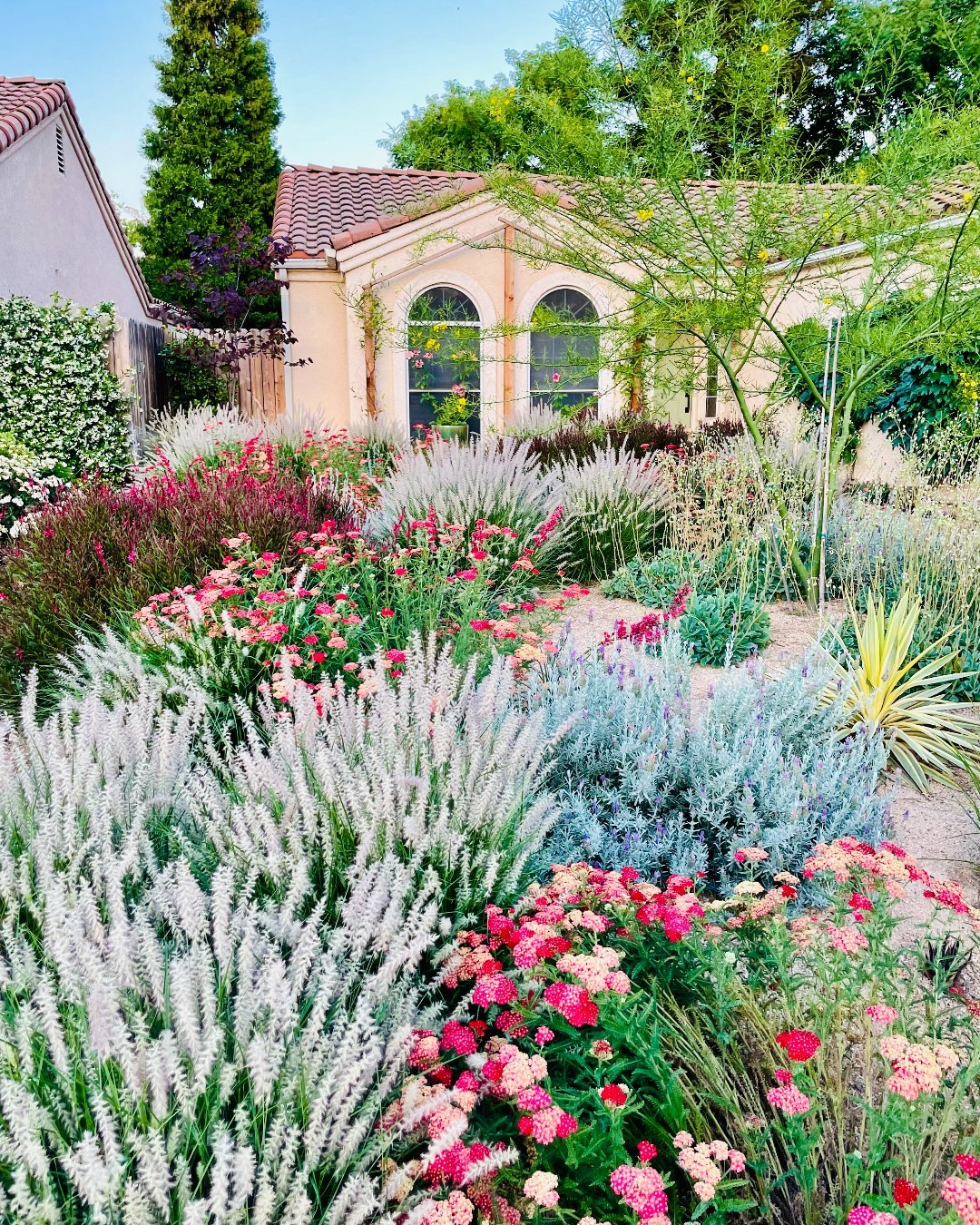
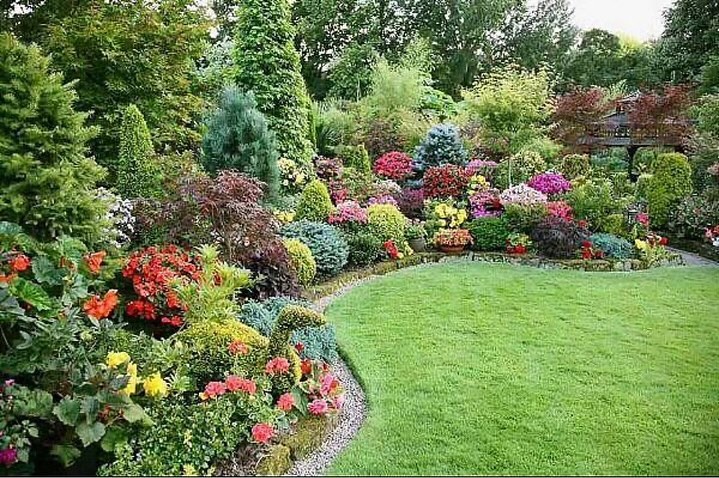
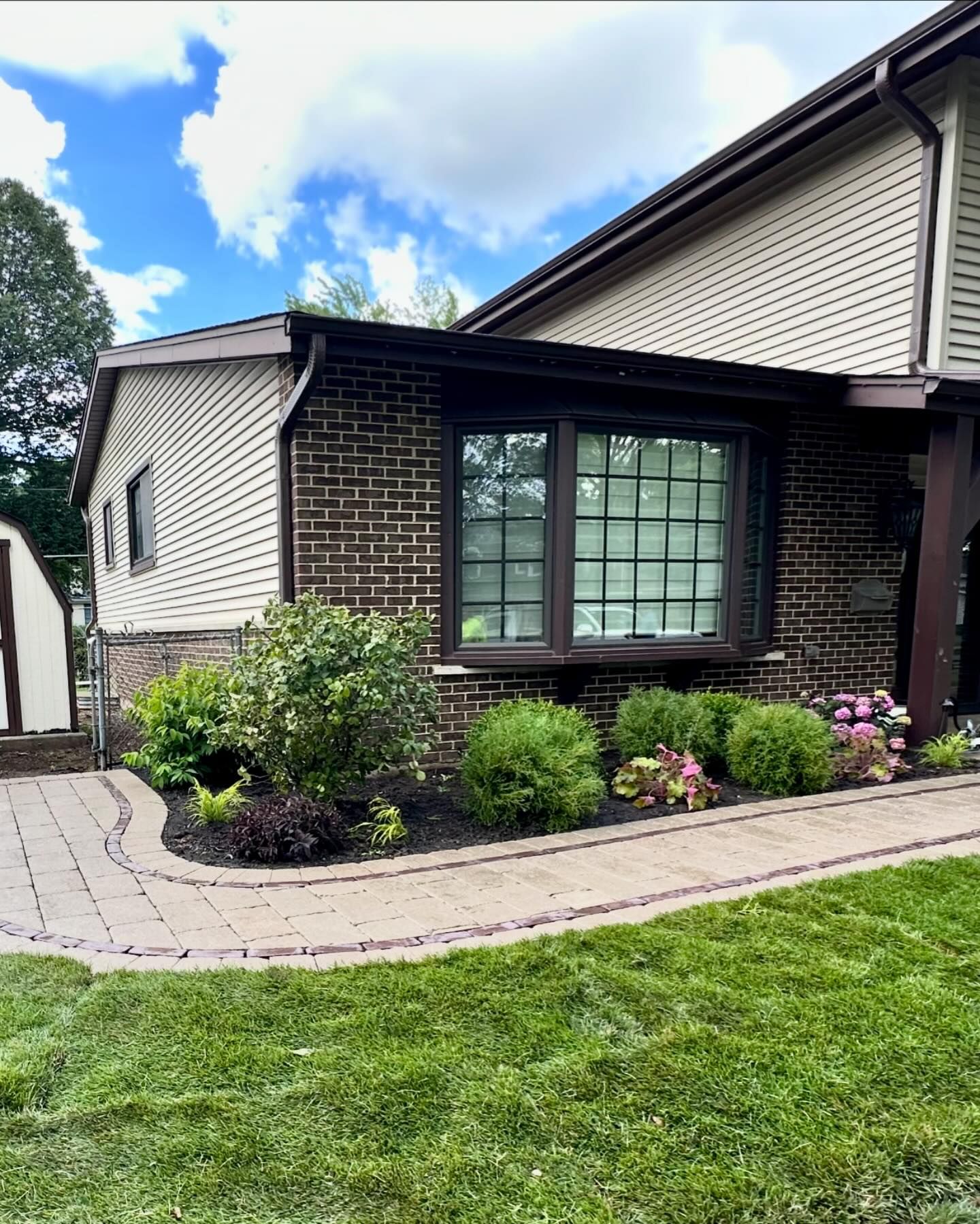
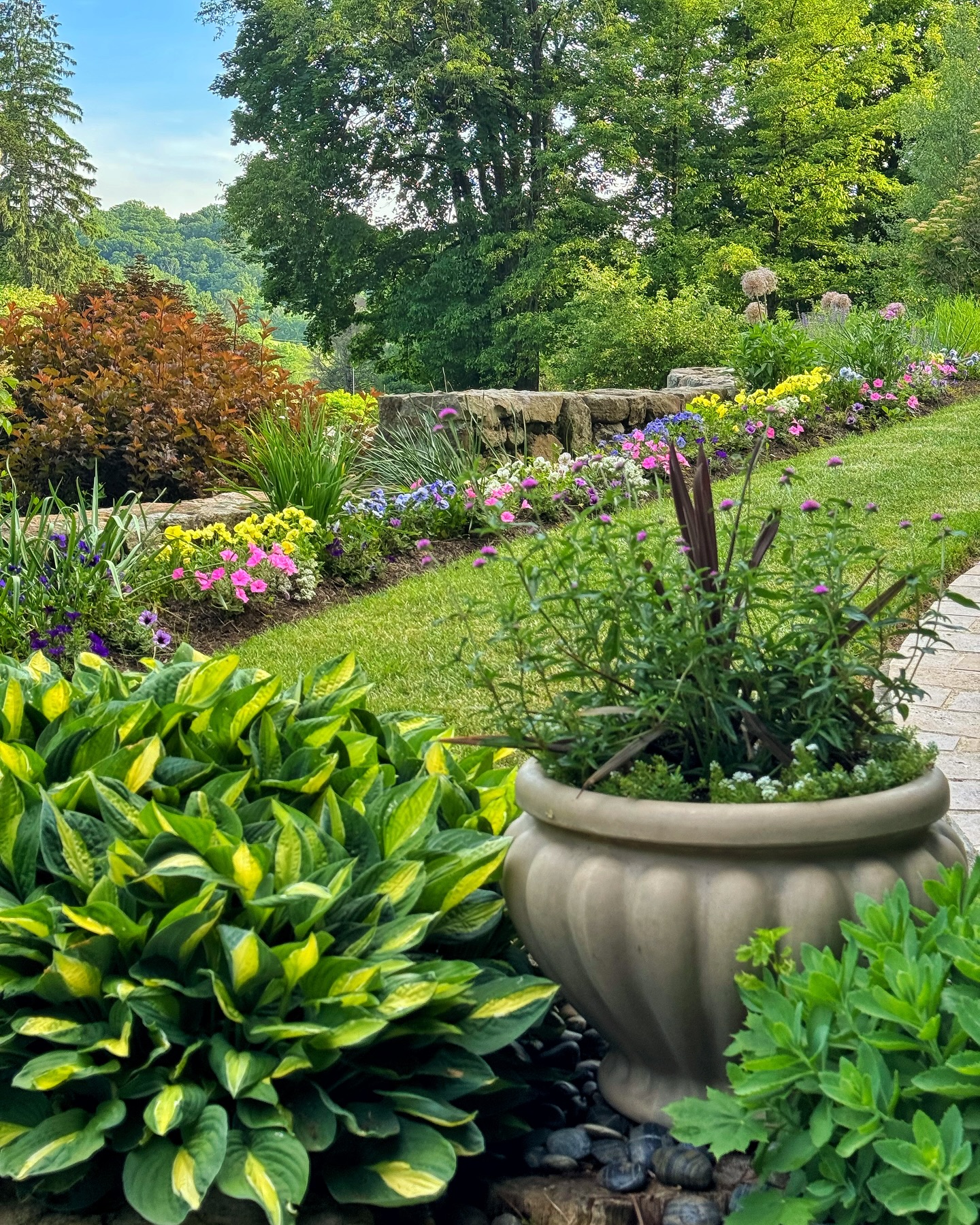


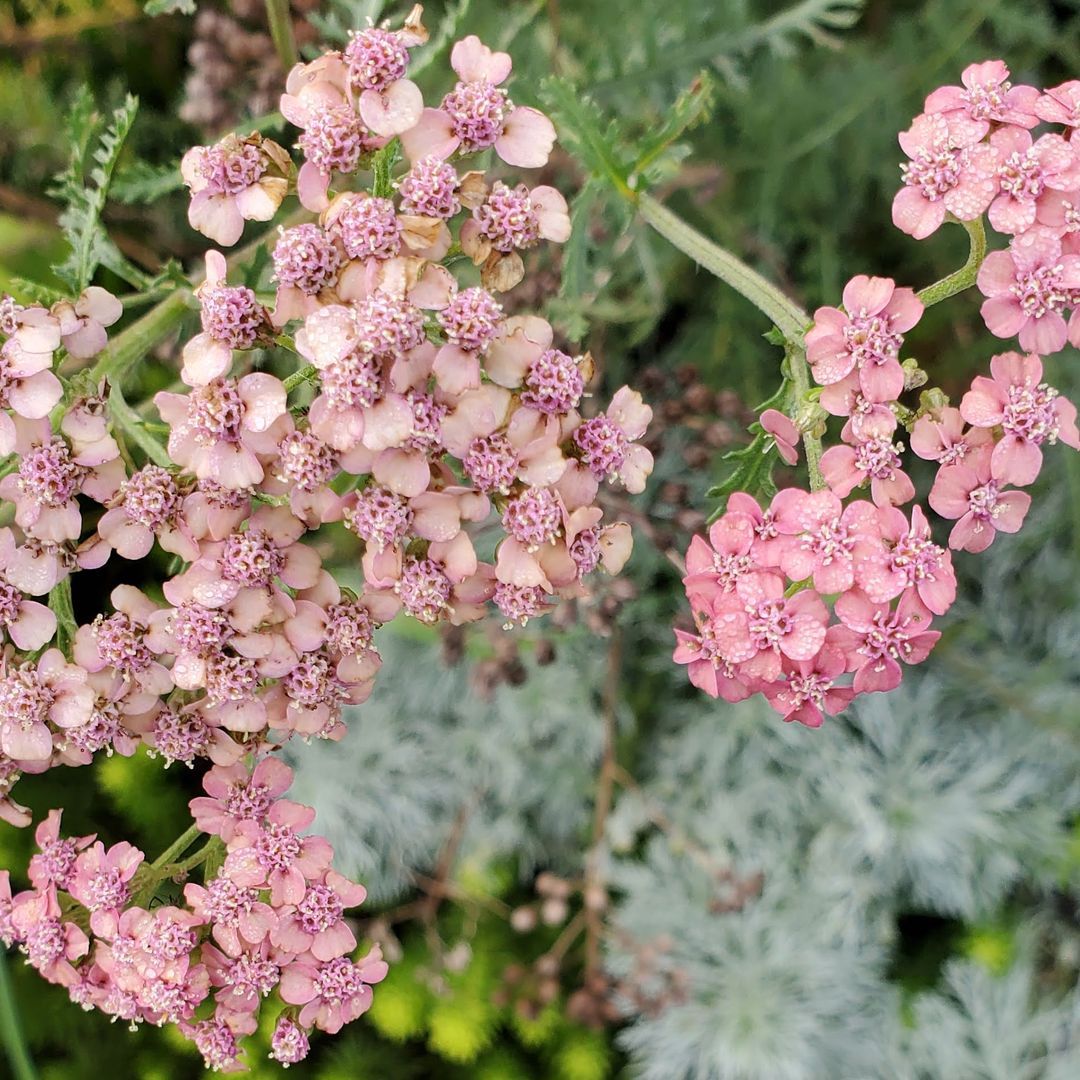

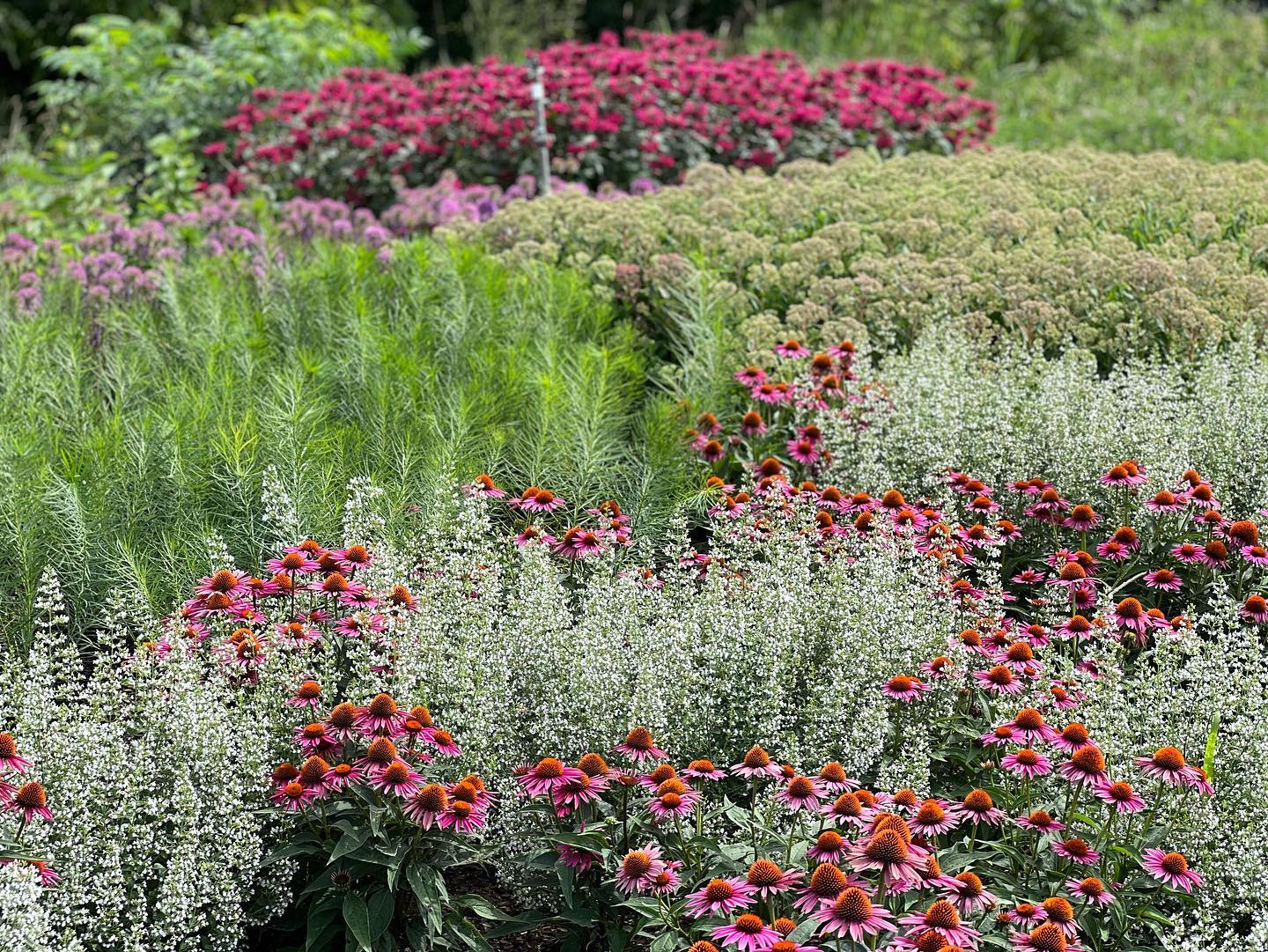
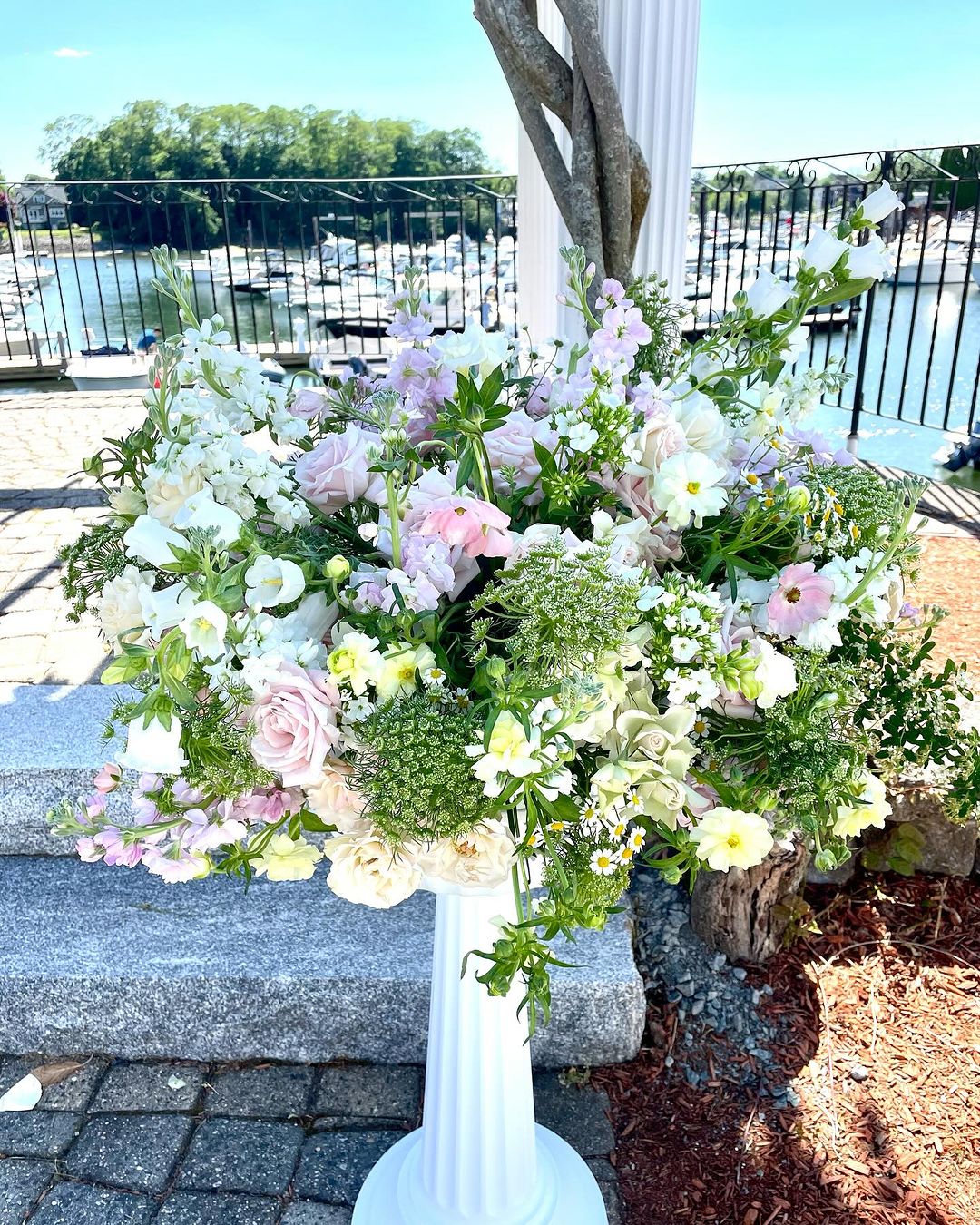
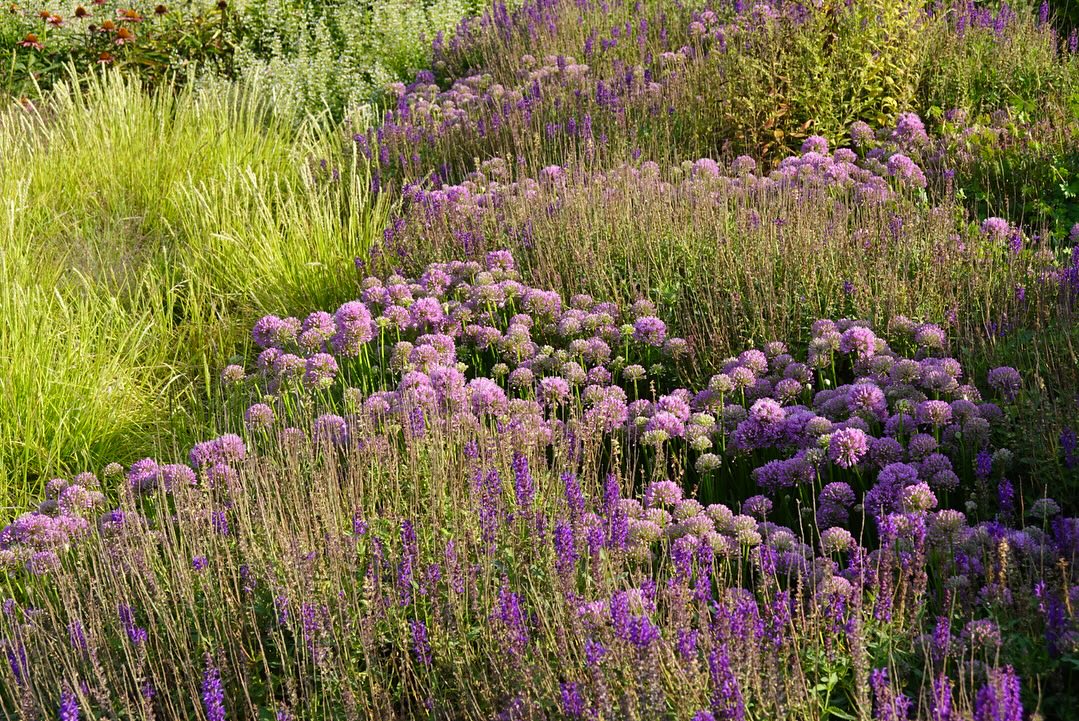
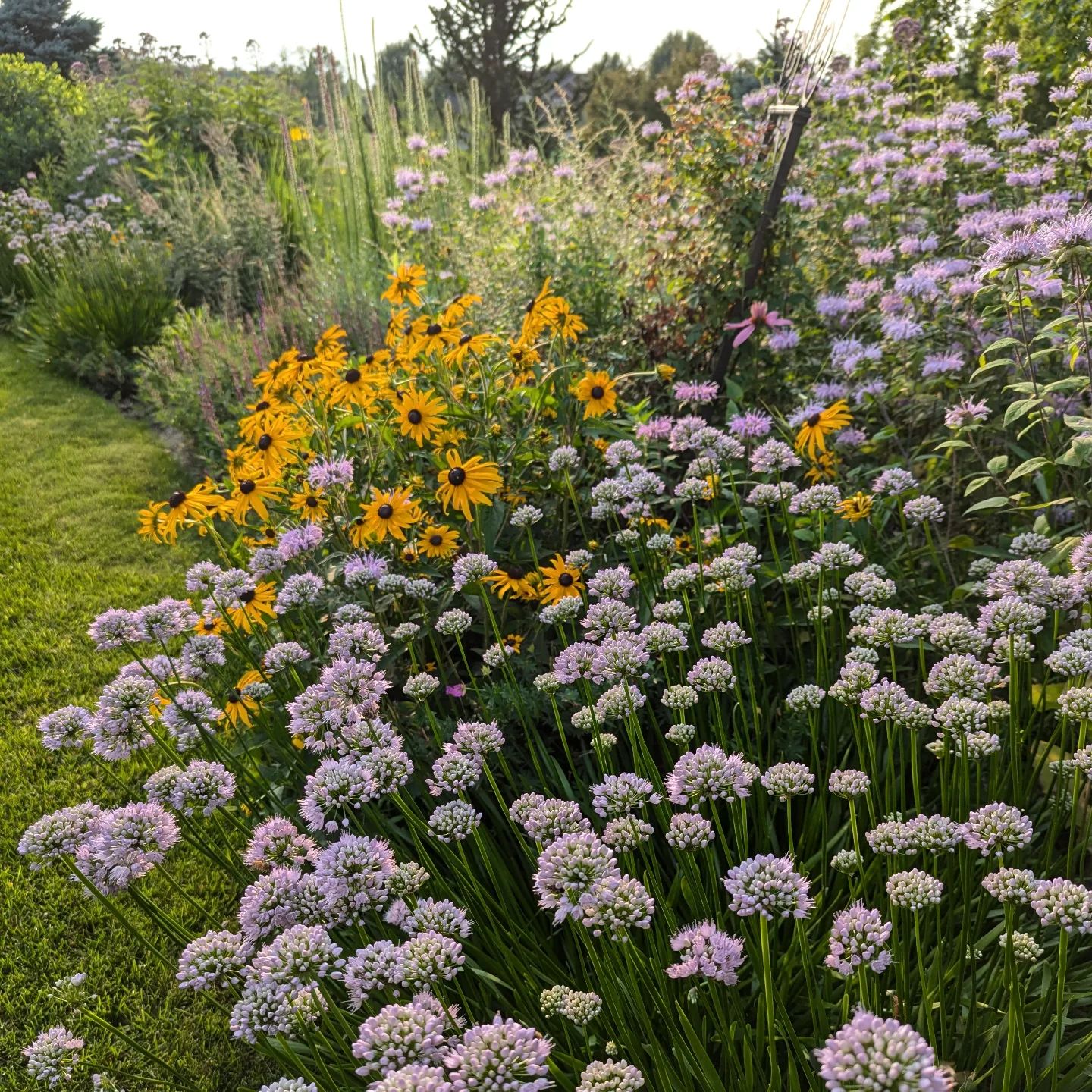
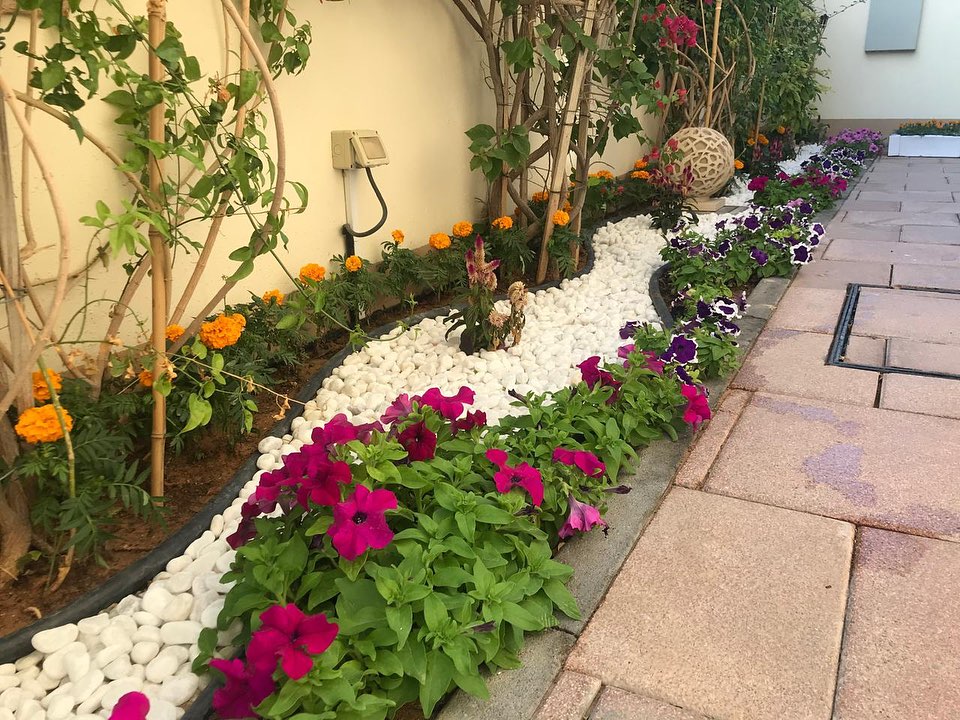

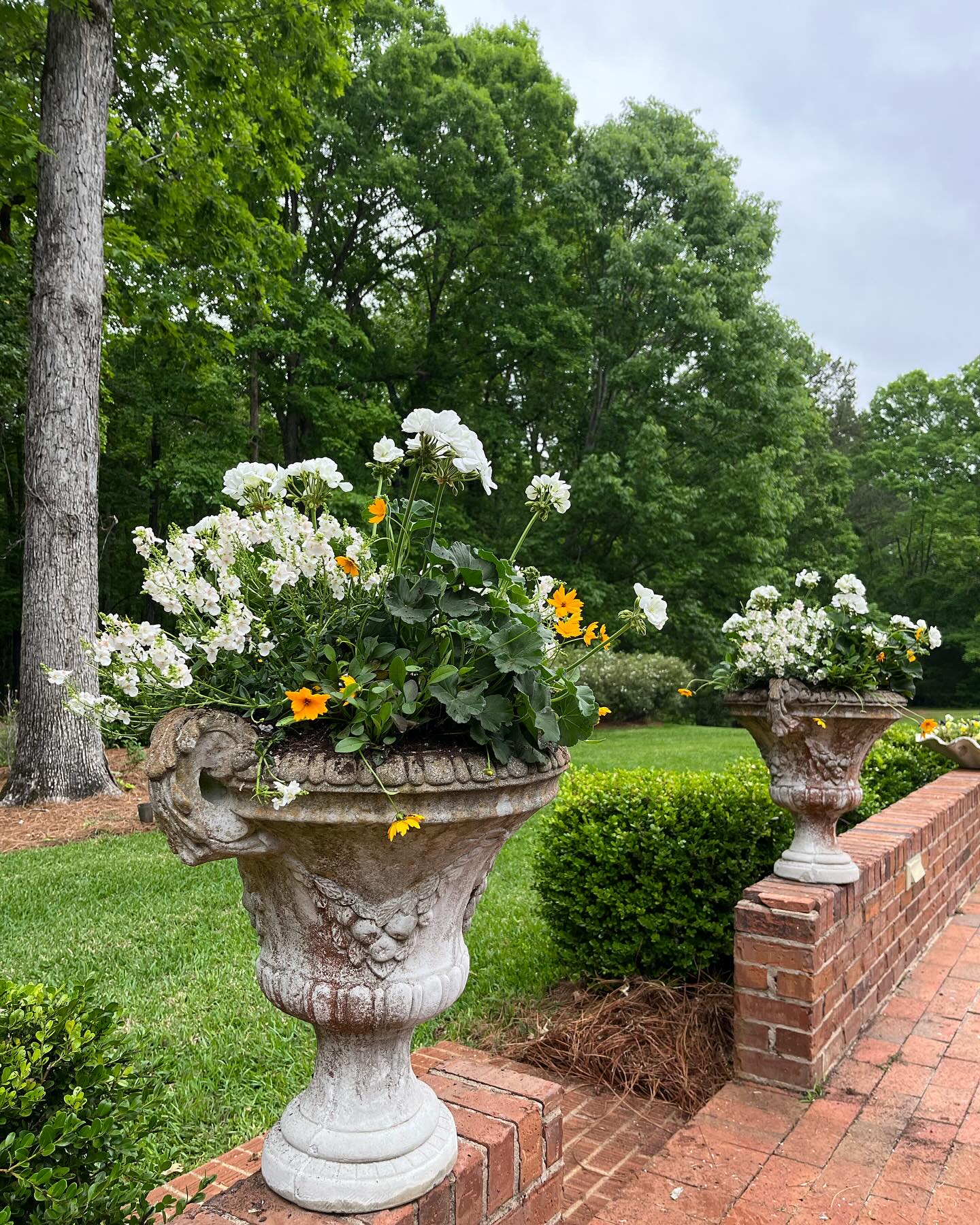
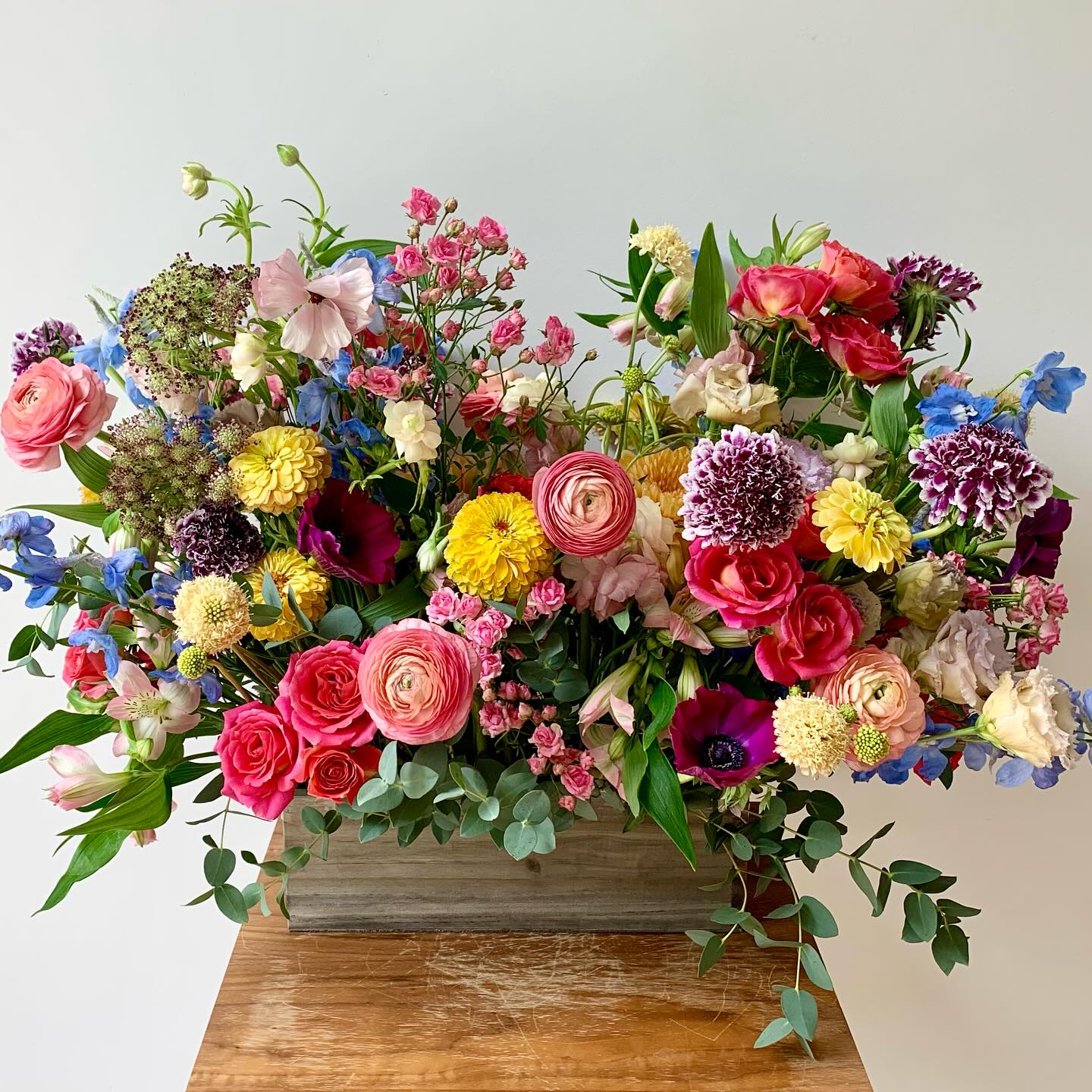
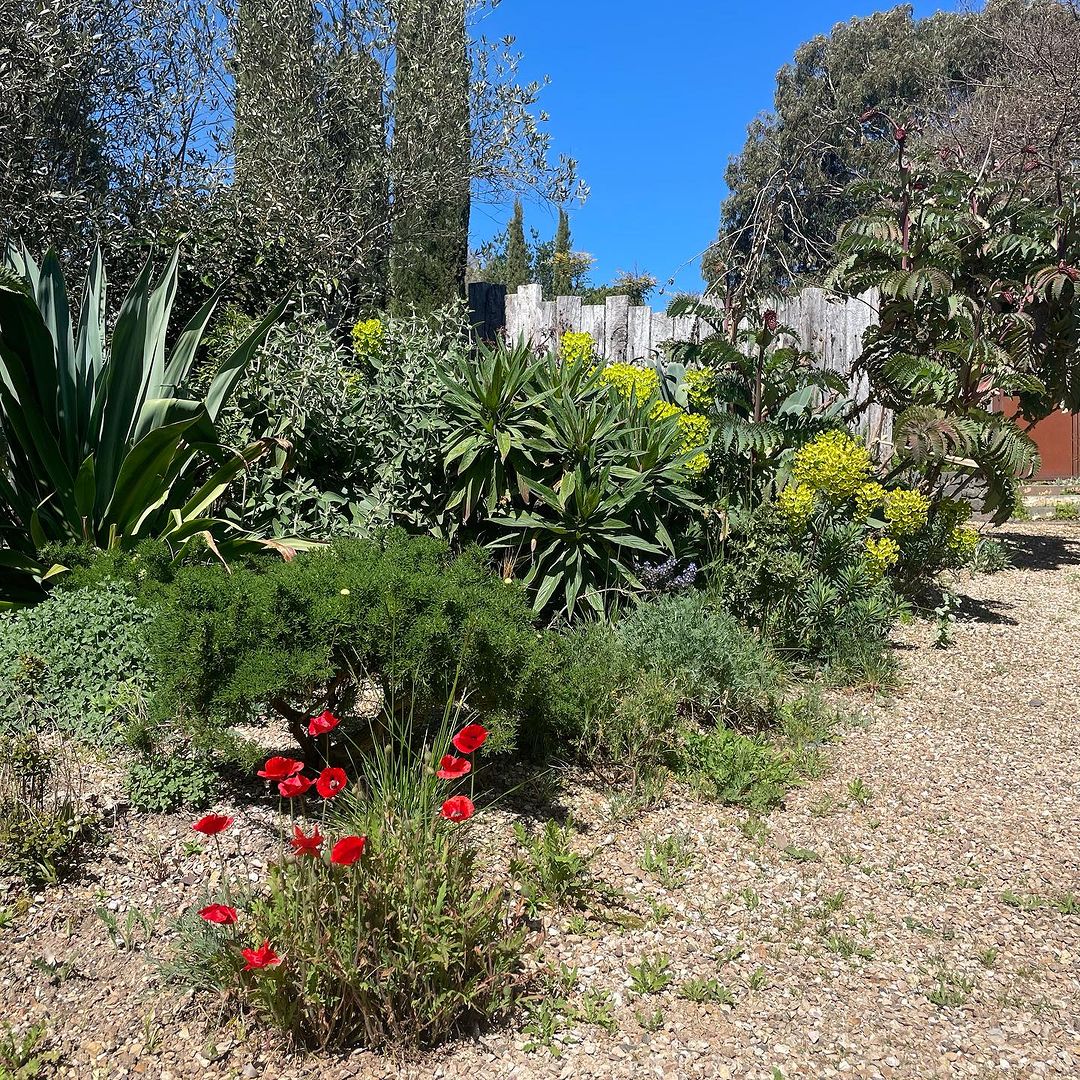
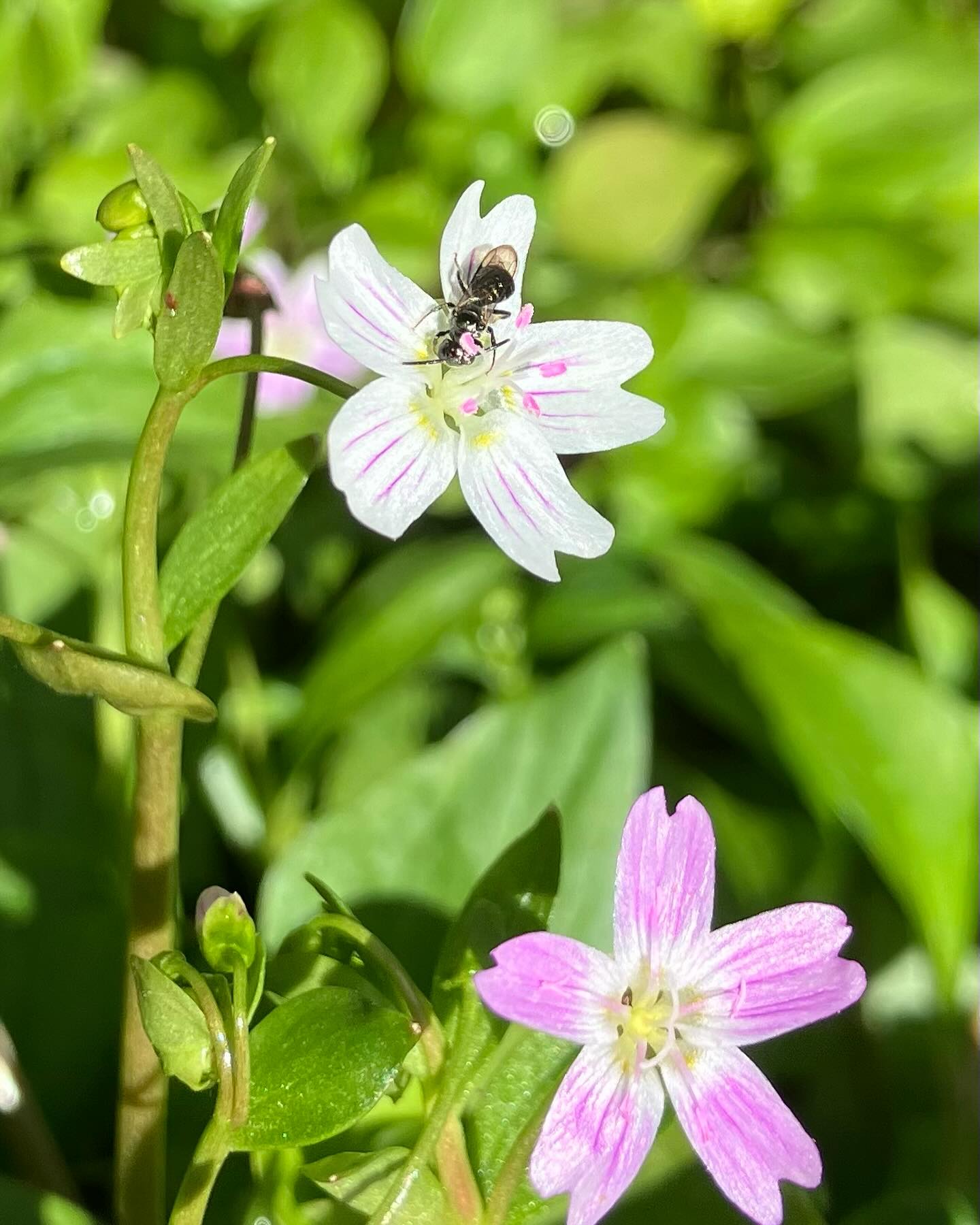
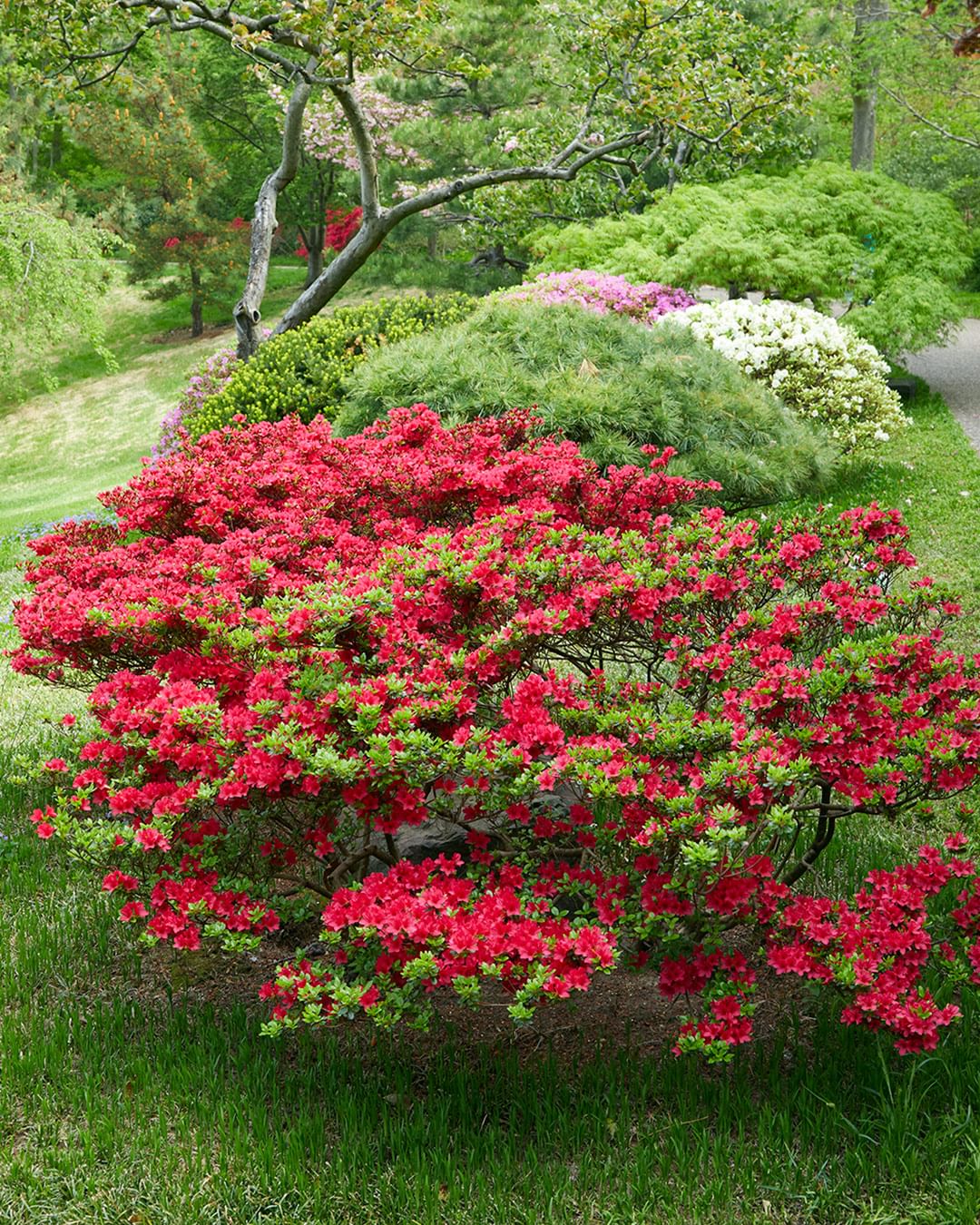
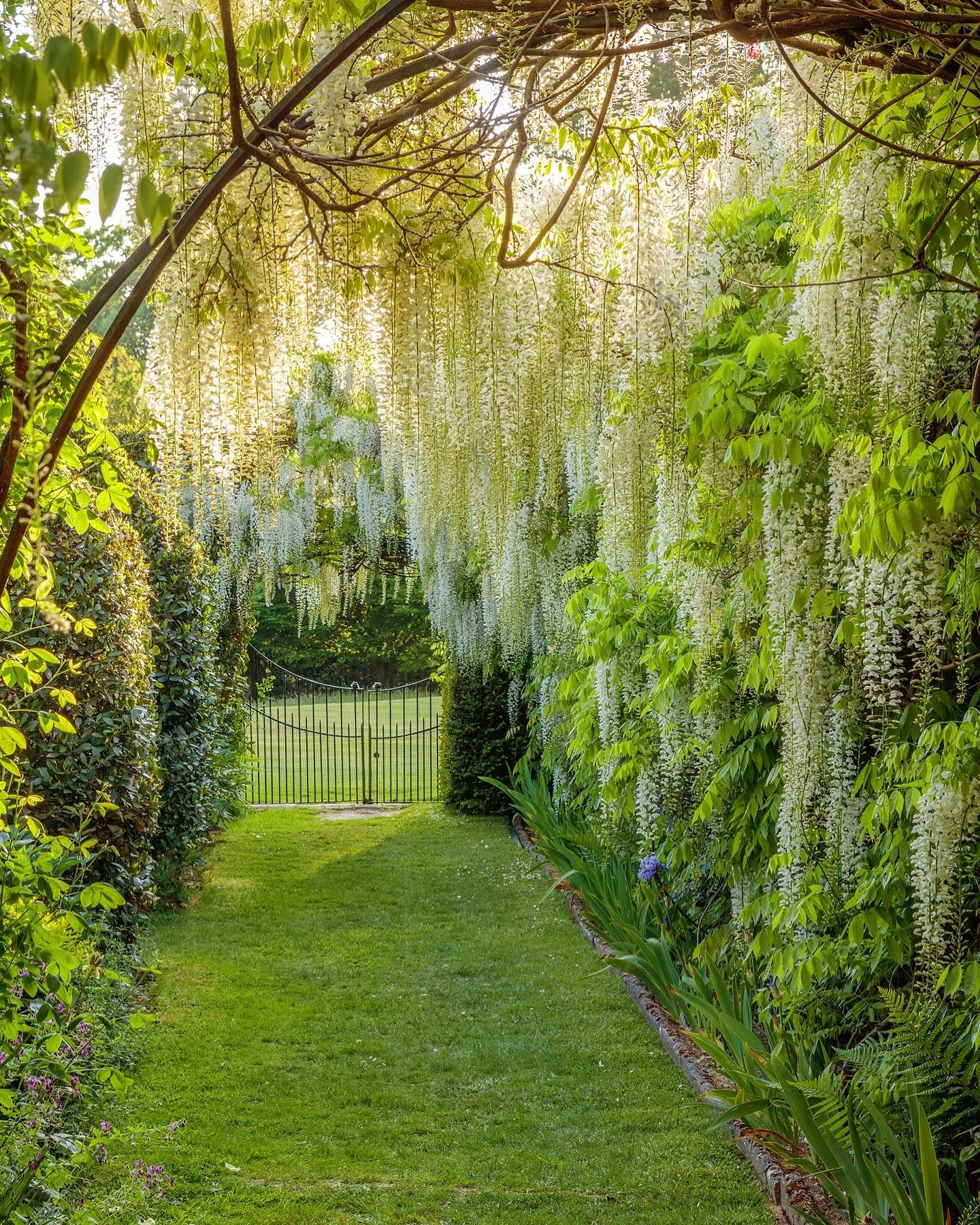
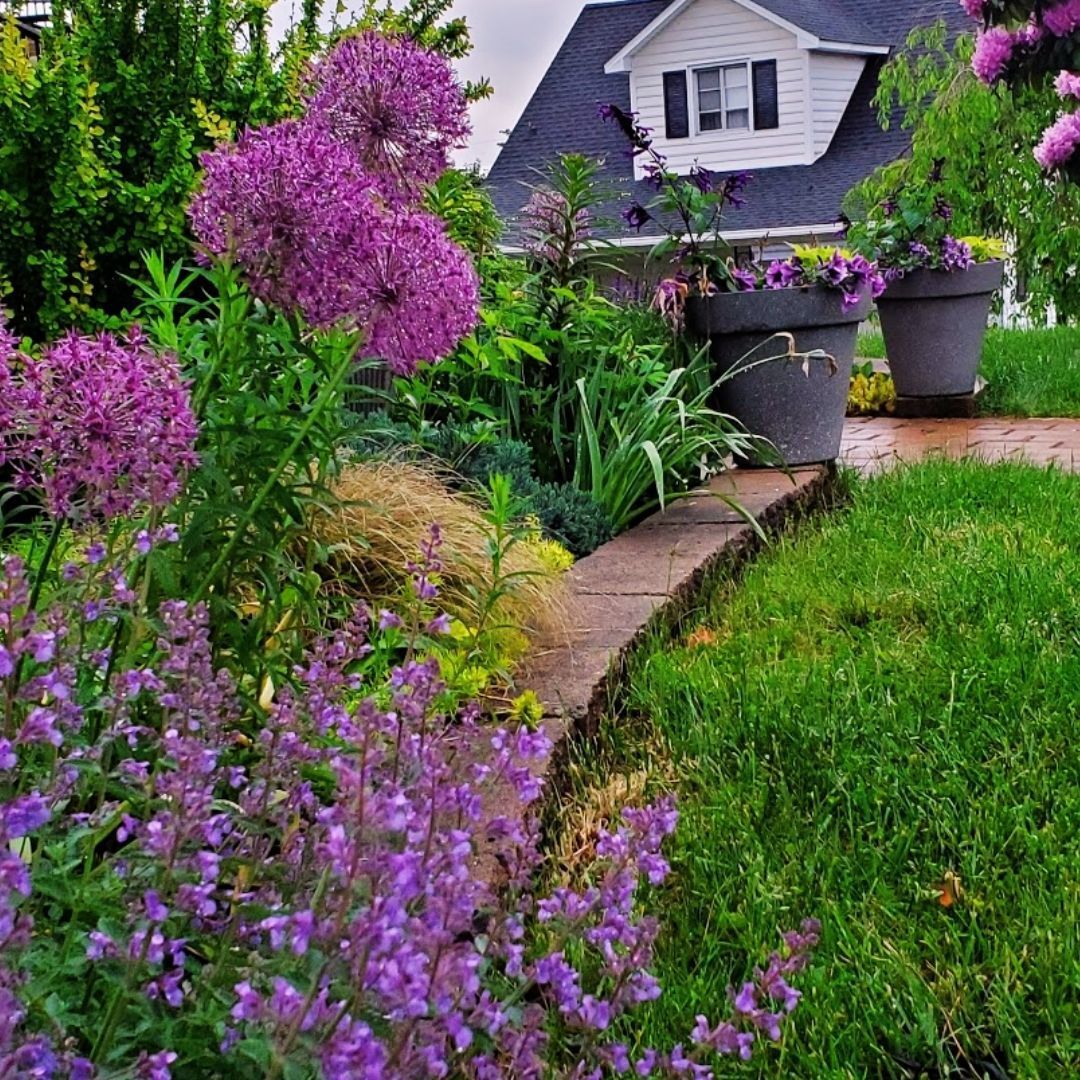
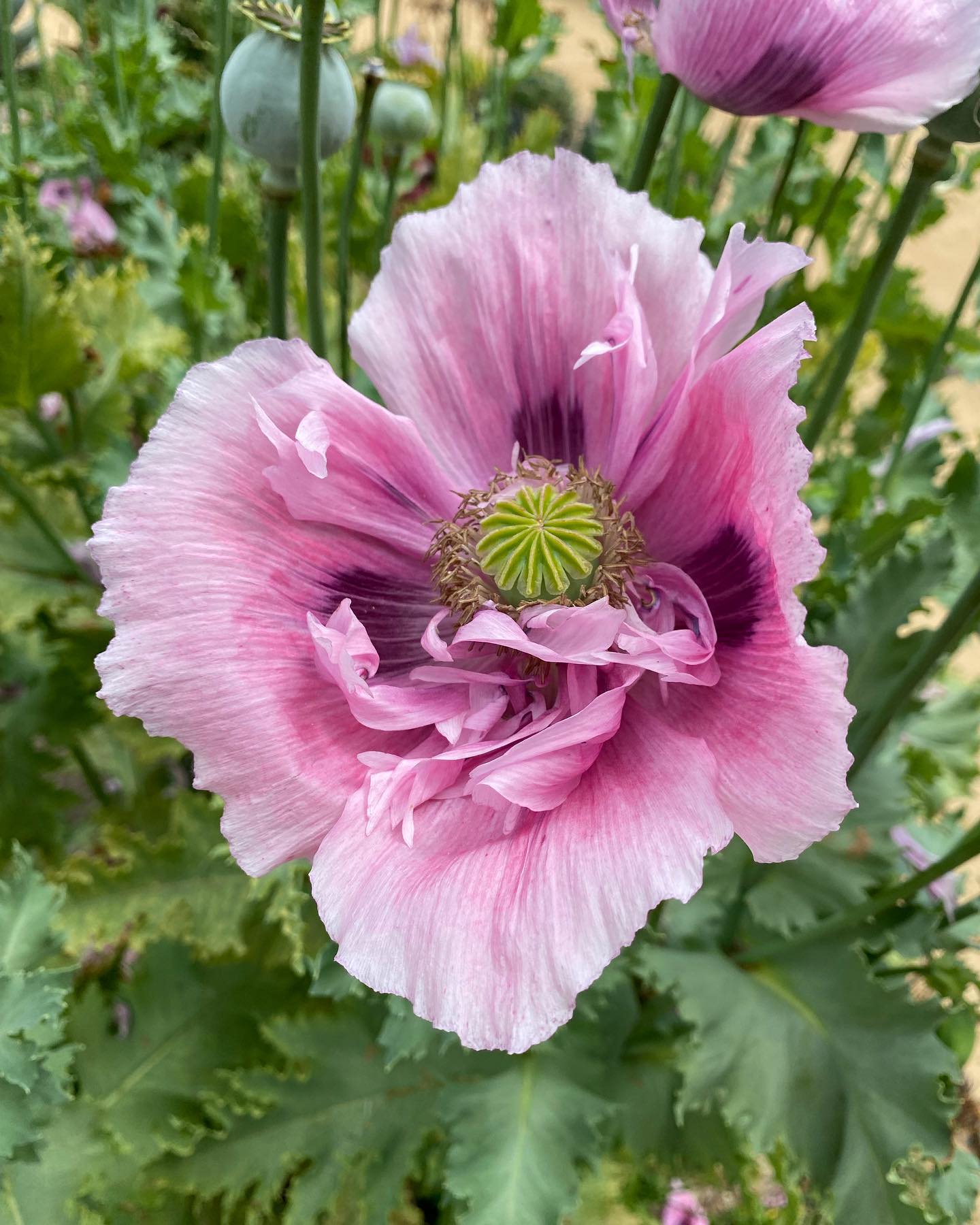
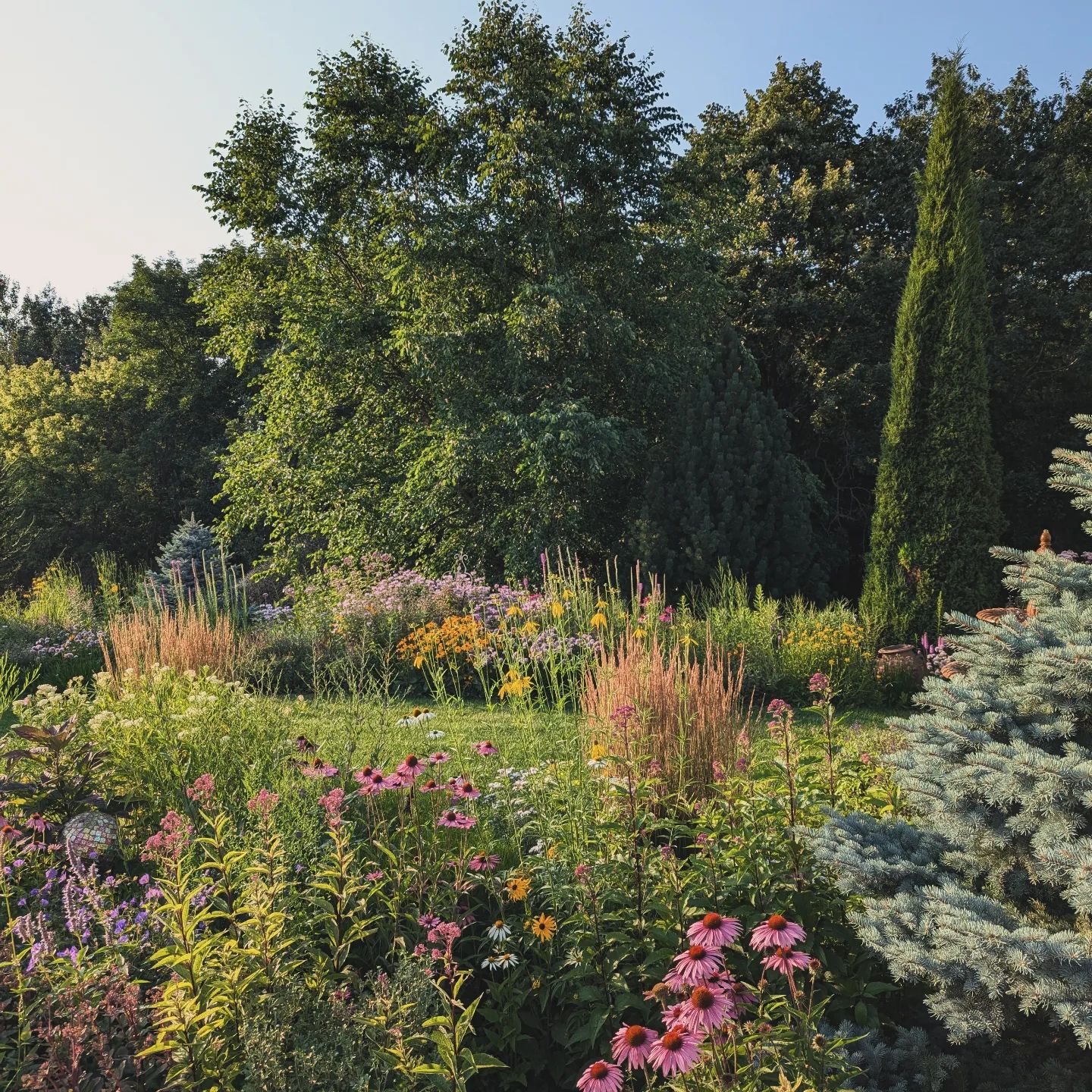

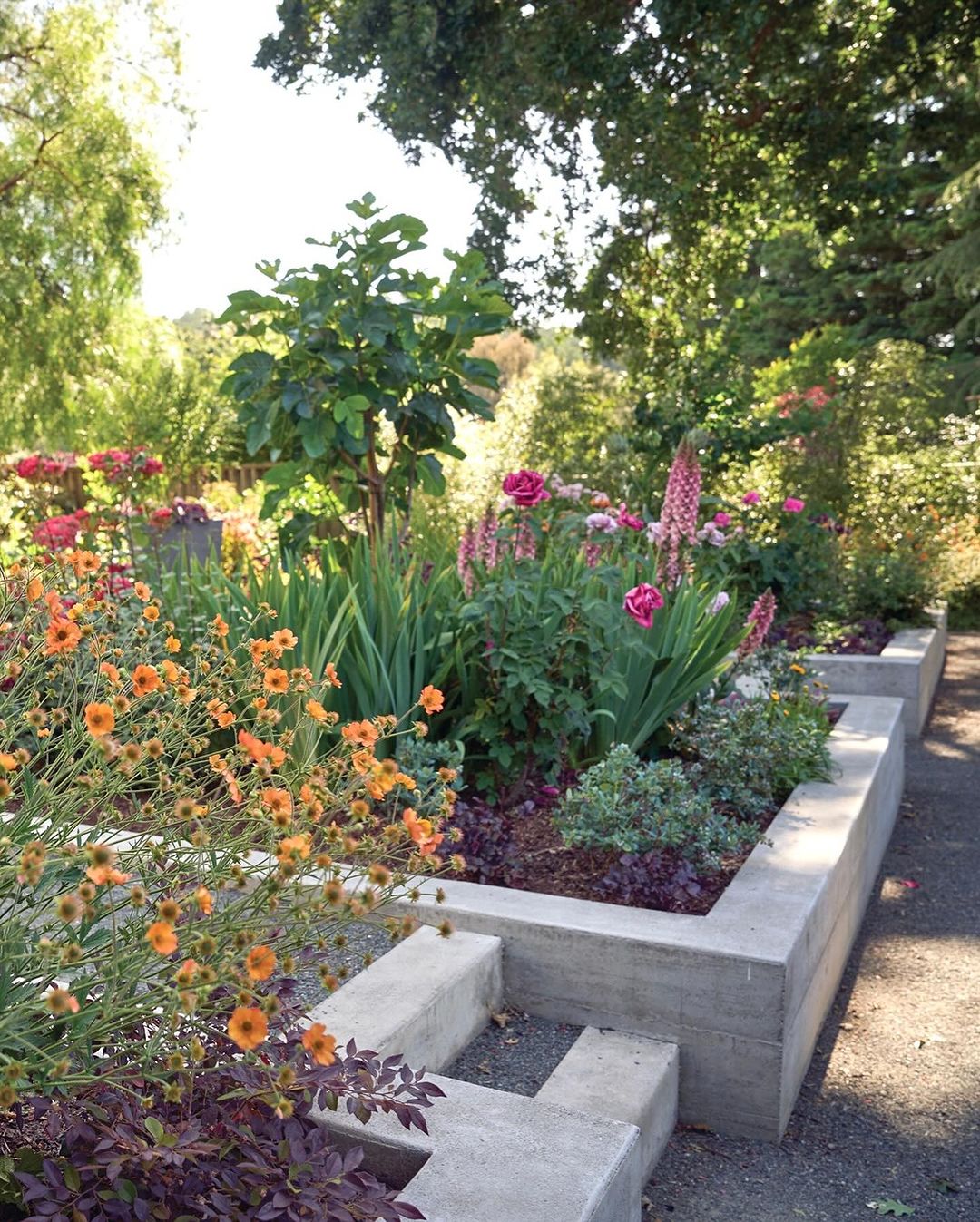
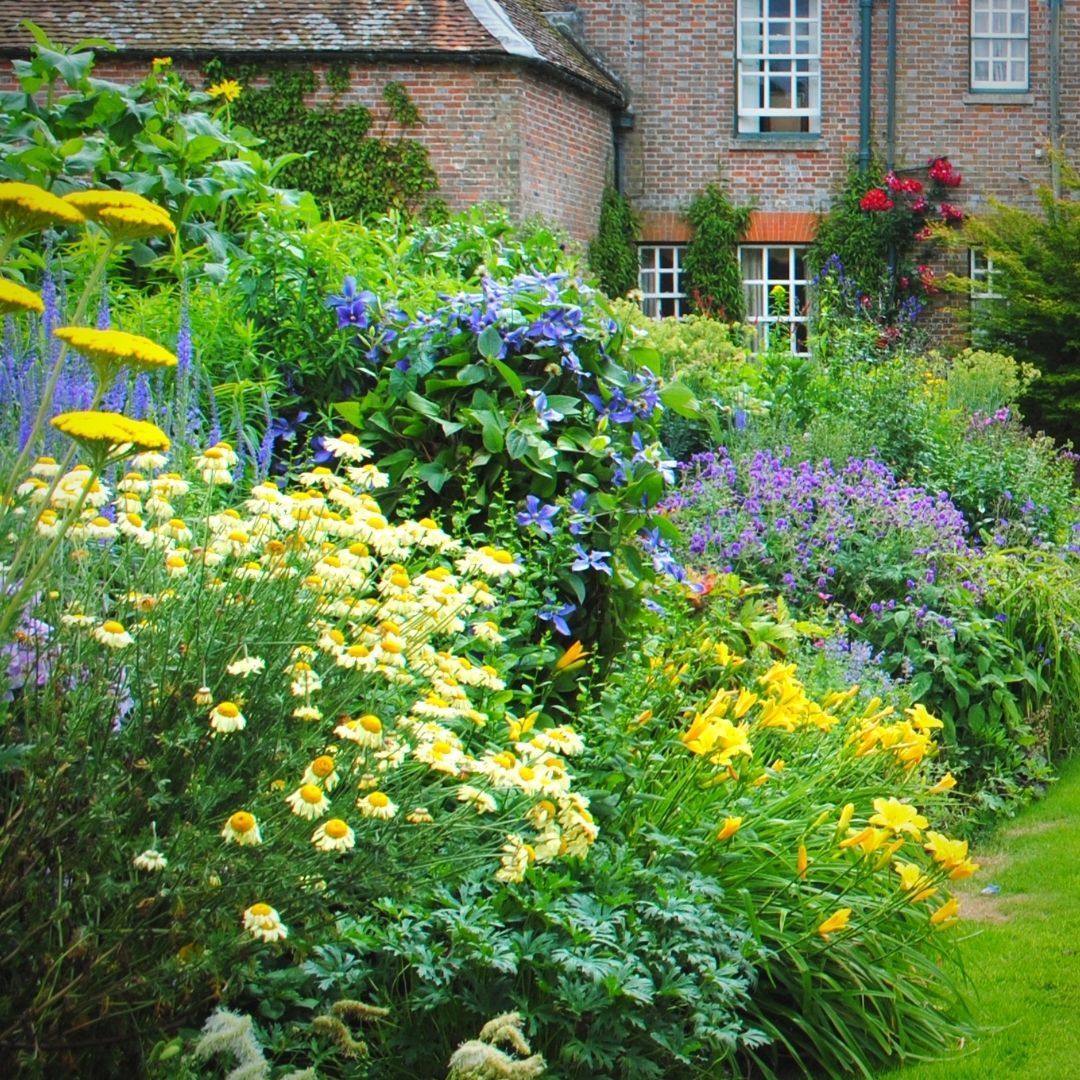
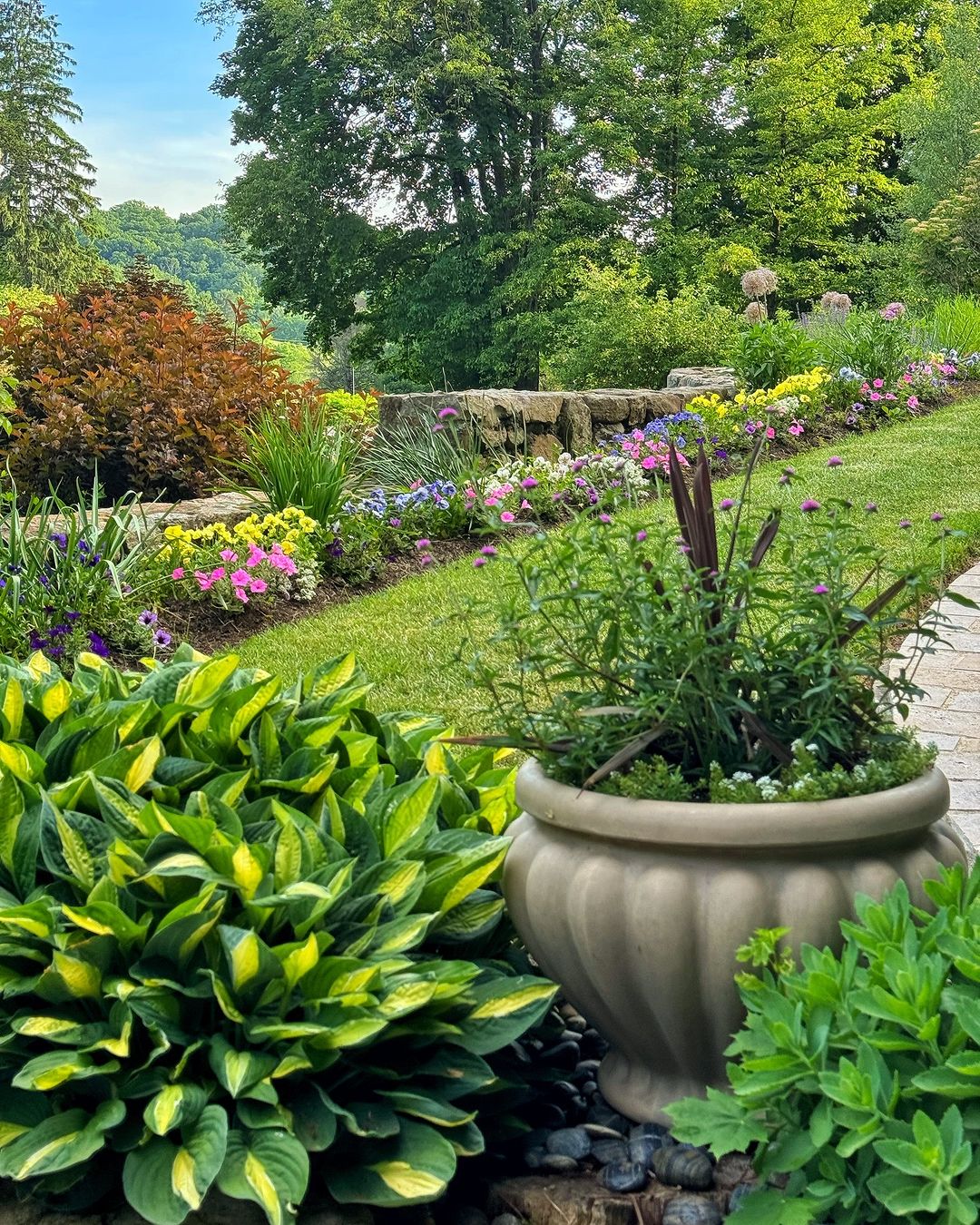
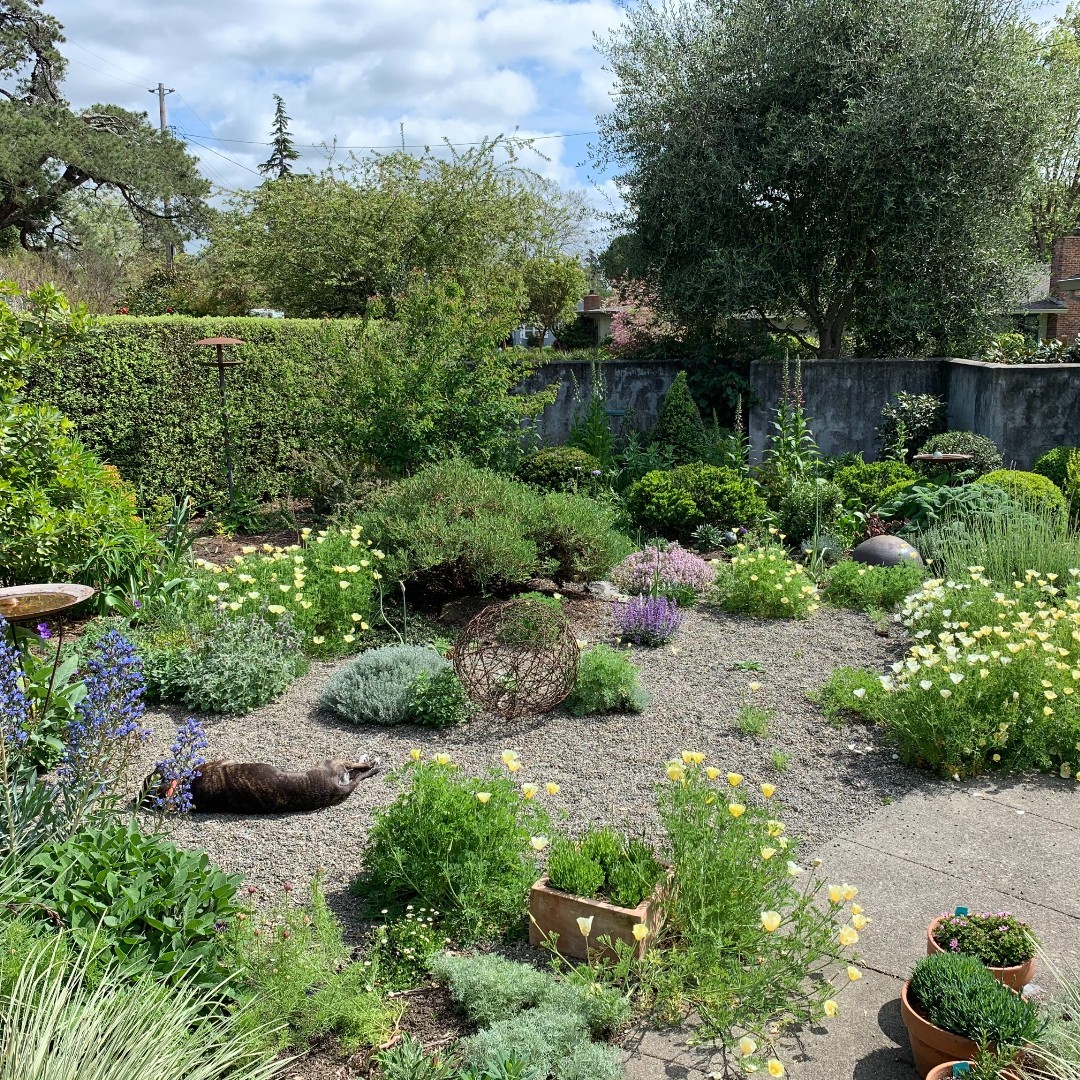
Comments